HotSpots H2O: Hydropower Construction Heightens Political Pressure Along Mekong River
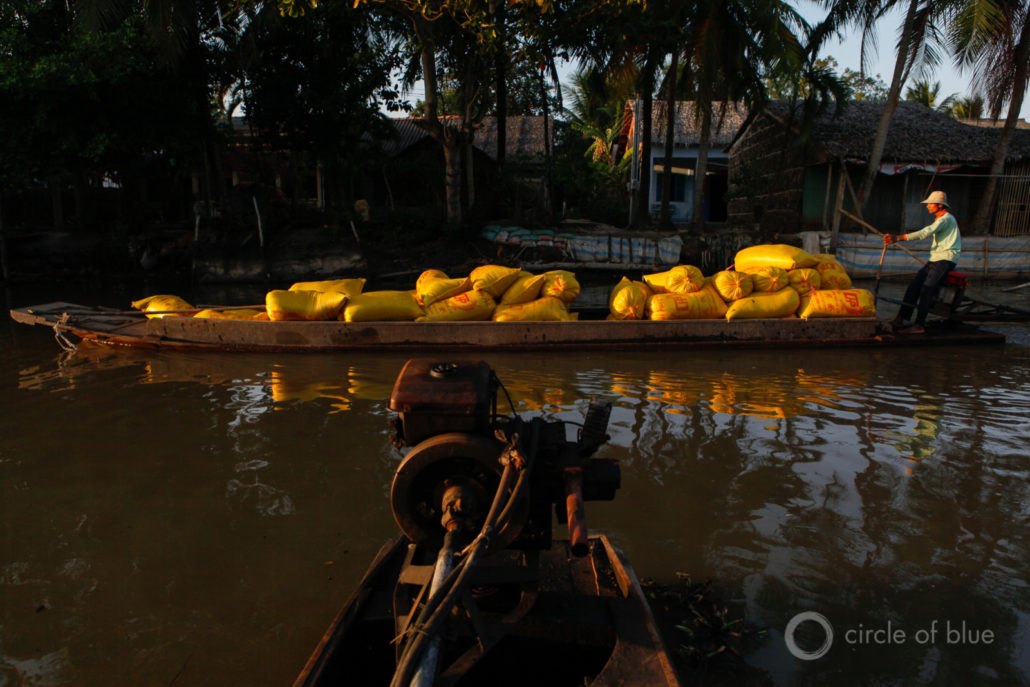
Plans by Laos to build big hydropower dams on the Mekong River are seen by many villagers, the region’s environmental organizations, and some officials in neighboring countries as making a mockery of the river’s natural beauty and its central value as a source of fish, irrigation, and commerce. Photo by J. Carl Ganter/Circle of Blue
Low water levels are fueling tensions between those living on the Mekong River and those who aspire to wring electricity from the backbone of Southeast Asia by damming it.
Two decades of dam-building, especially in China, which controls the river’s headwaters, have already altered natural water flows in many areas. Downstream nations like Vietnam are increasingly reliant on water released from upstream reservoirs. The situation was especially dire this year, as drought caused the Mekong to drop to its lowest levels in 100 years.
The river’s contraction this year was largely due to rainfall shortages, but experts say maintenance work at a Chinese hydropower station, plus tests at a new dam in Laos, likely played a role. In Thailand, the resulting water shortage was so severe that Thai officials asked Laos to halt their dam testing.
The waterway begins in China’s Tibetan Plateau and winds some 4,000 kilometers (2,700 miles) through Myanmar, Thailand, Laos, Cambodia, and Vietnam. An estimated 60 million people rely on the river for fishing, irrigation, and drinking water.
In recent decades, governments have been eager to harness the Mekong for hydropower projects. Laos especially has championed hydropower, with dozens of dams either planned or under construction.
The infrastructure boom, though, has caused ongoing concern among environmental activists, who warn that too many dams could squelch the Mekong’s ecosystem. Downstream villagers fear the dams as well, saying they could lose their homes and livelihoods if the river’s flow is diminished.
Rainfall has improved in recent weeks, but the river’s future is still in jeopardy. Experts warn that the ultimate impact of so many hydropower projects, alongside unpredictable weather patterns, a shrinking delta, and rising seas is impossible to predict. As a result, many are urging cooperation among those sharing the Mekong River.
“A peaceful coexistence of people who share the Mekong River basin can only be achieved through mutual respect, listening to each other and genuine cooperation among riparian governments and people,” the Network of Thai People, and advocacy group, told German news agency DW.
Past Circle of Blue reporting on the Mekong River:
One By One Big Hydropower Dams Disrupt Mekong River’s Free Flow
Kayla Ritter is a recent graduate of Michigan State University, where she studied International Relations and Teaching English to Speakers of Other Languages. She is currently based in Manton, Michigan. Kayla enjoys running, writing, and traveling. Contact Kayla Ritter

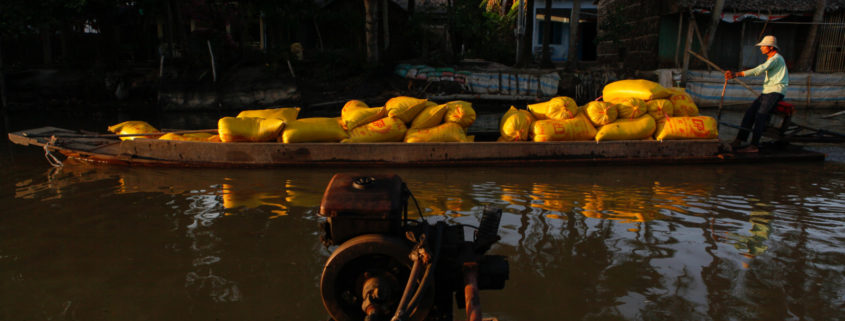


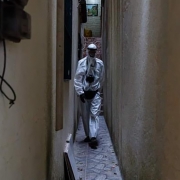
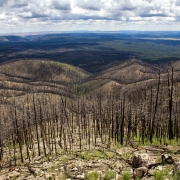
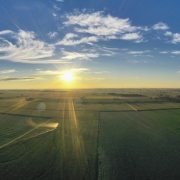
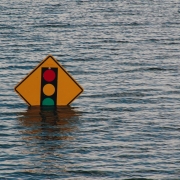
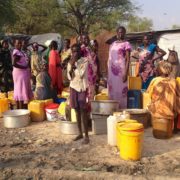



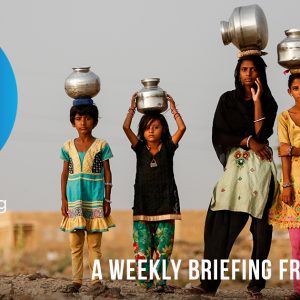
Leave a Reply
Want to join the discussion?Feel free to contribute!